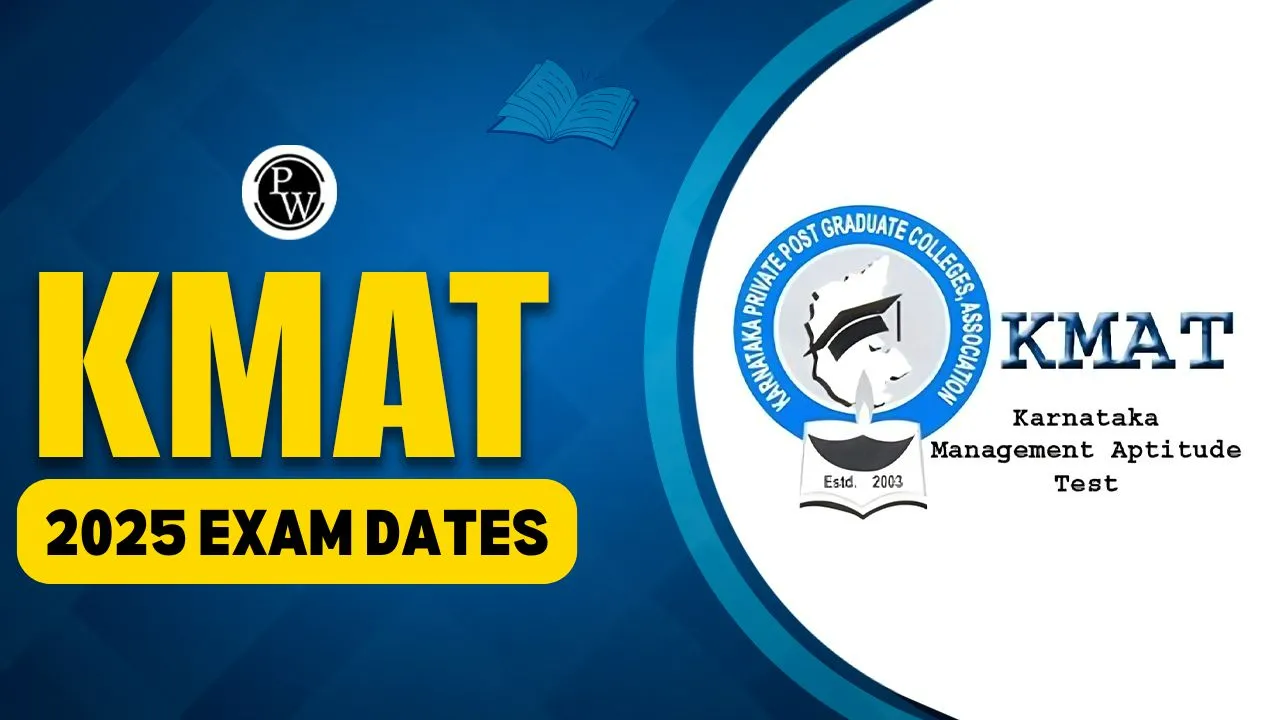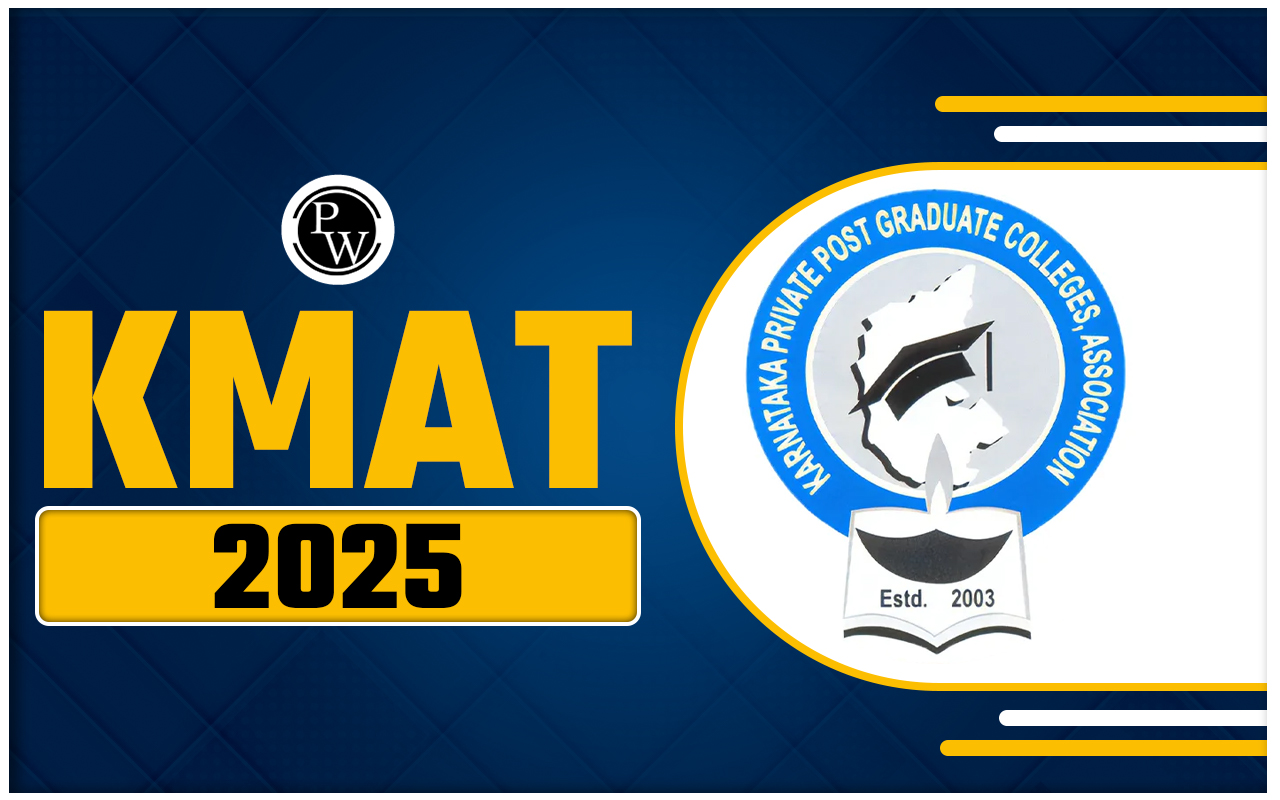

CAT 2025 90 Days Preparation Strategy needs to be entirely focused and picky; it is the right time when students need to prepare effectively. During this duration, students have limited time to achieve their aim to perform well.
So to help students in preparing with 90 day strategy for CAT exam, here we to cover certain information. By the end, we are also going to disclose some of the CAT 2025 preparation tips in 3 months that candidates can utilise.
CAT 2025 90-day Preparation Strategy Overview
A 90-day plan is compressed and intense. It demands consistent effort, daily commitment, and clear tracking. The CAT 2025 90 Days Preparation Strategy divides this period into three progressive phases:
-
Foundation & Concept Building – solidify basics, learn formulas, read, start light practice.
-
Application & Practice – solve more challenging problems, begin mocks and sectional tests.
-
Revision, Mock Drills & Refinement – simulate exam conditions, analyze mistakes, refine strategy.
This CAT 2025 3 months study plan is not for casual study. It requires discipline. But it can work well even if you start late.
CAT 2025 3 Months Study Plan
Provided below is a complete, detailed CAT 2025 3 Months Study Plan. Students can follow this 90-day strategy for the CAT exam and prepare effectively for the upcoming examination.
| CAT 2025 3 Months Study Plan | ||
| Month | Primary Focus | Detailed Tasks & Goals |
| Month 1 | Build Base and Concept Clarity | Objective: Strengthen fundamentals across Quantitative Ability (QA), Verbal Ability and Reading Comprehension (VARC), and Logical Reasoning & Data Interpretation (LRDI). Quantitative Ability:- List all syllabus topics: Arithmetic, Algebra, Geometry, Number System, Modern Math.- Start with basic theory and formulas.- Solve 10–20 practice questions per topic to ensure understanding.- Make concise formula and shortcut notes. VARC:- Read editorials, news articles, and short passages daily (30–45 minutes).- Practice 2–3 Reading Comprehension (RC) passages per day.- Work on vocabulary (20–25 words/day) and para-jumbles. LRDI:- Identify all types of DI sets (tables, charts, graphs) and LR puzzles (seating arrangement, puzzles, blood relations).- Start with easy sets, 1–2 per day.- Focus on understanding concepts and solving logic systematically. Testing & Practice:- Take 1–2 short sectional tests weekly (QA/VARC/LRDI).- Maintain a mistake log to track recurring errors.- Revise formulas, key grammar rules, and DI shortcuts daily.Tips: Focus on understanding concepts, not speed yet. Aim to clear basics in first month |
| Month 2 | Application & Problem Solving | Objective: Increase practice intensity, begin moderate mocks, and identify weak areas. Quantitative Ability:- Solve medium-difficulty and mixed problem sets (20–30 Qs per day).- Start timed topic tests for speed and accuracy.- Cover advanced topics like Permutations & Combinations, Probability, and Coordinate Geometry. VARC:- Solve 3–5 RC passages daily.- Focus on time-bound reading and comprehension.- Practice para-jumbles, summary writing, and sentence correction exercises. LRDI:- Solve medium and difficult DI & LR sets daily.- Start sectional timed tests for LRDI.- Analyze solving patterns, improve calculation speed and logic approach. Mock Tests:- Begin 1 full-length mock test every 7–10 days.- After each mock: analyze mistakes, note time spent per section, revise weak topics.- Focus on balancing strengths across sections. Revision:- Weekly review of formulas, vocabulary, common LR tricks, and DI patterns.- Reinforce basics that were weak in Month 1. Tips: Prioritize weak areas, but do not neglect your strengths. Time management is key. |
| Month 3 | Revision, Mocks & Final Refinement | Objective: Simulate exam conditions, refine test-taking strategy, and ensure readiness. Quantitative Ability:- Take daily 1–2 topic-wise timed mocks.- Solve 1–2 full-length mixed sets per day.- Revise all formulas, shortcuts, and high-frequency topics.VARC:- Solve 4–6 RC passages daily under time limits.- Focus on accuracy and speed.- Review vocabulary and grammar errors made in mocks. LRDI:- Solve 3–4 mixed sets daily under exam timing.- Analyze mistakes, revisit difficult puzzles, and practice time-efficient solving. Mock Tests & Analysis:- Take 2 full-length mocks per week under exam conditions.- Analyze sectional performance, time distribution, and errors.- Adjust exam strategy: order of attempting sections, pacing, and guesswork management. Revision & Short Notes:- Maintain daily 30–45 min revision of formulas, key rules, vocabulary, and shortcuts.- Focus on areas identified as weak in prior mocks. Tips: Maintain exam mindset, sleep well, and practice stress management. The final month is about strategy, speed, and accuracy, not learning new topics. |
CAT 2025 Weekly Plan
The table below carries a weekly breakdown sample plan for CAT 2025 90 Days Preparation Strategy. With the help of the plan below, candidates and aspirants can prepare their own study plan as per their flexibility.
| CAT 2025 Weekly Plan | |||||
| Day | Time (Hours) | Quant | VARC / Reading | LRDI / DI | Revision / Notes / Breaks |
| Day 1 | 6.5 hrs | 8:00–10:00 AM: Concept: Arithmetic (Percentages, Ratios) + 10 practice questions | 10:30–11:30 AM: Read 1 editorial + 2 RC passages | 11:45–12:30 PM: 1 easy DI set | 12:30–1:00 PM: Revise formula notes, make short tips. Breaks are included between sessions. Lunch 1–2 PM. Afternoon optional light review: 30 mins. |
| Day 2 | 6 hrs | 8:00–9:45 AM: Algebra basics (Linear, Quadratic) + 10 questions | 10:00–11:00 AM: Grammar / VA practice (Para-jumbles, Sentence correction) | 11:15–12:00 PM: 1 logic set (Seating arrangement/puzzle) | 12:00–12:30 PM: Flashcards review, note mistakes, short break. Lunch 12:30–1:30 PM. Afternoon optional reading 30 mins. |
| Day 3 | 6.5 hrs | 8:00–9:45 AM: Number System (Divisibility, HCF/LCM) + 10 Qs | 10:00–11:15 AM: RC + VA mix (1 RC + 5 VA questions) | 11:30–12:15 PM: DI set (tables/graphs, easy) | 12:15–12:45 PM: Revise prior day’s weak topics. Break 12:45–1:00 PM. Optional light reading, afternoon 30 mins. |
| Day 4 | 6.5 hrs | 8:00–9:45 AM: Geometry basics (Triangles, Circles) + 10 Qs | 10:00–11:00 AM: Read + vocabulary exercises (20 new words) | 11:15–12:00 PM: LR set (easy) | 12:00–12:30 PM: Summary of mistakes, revise shortcuts. Break 12:30–1:00 PM. Afternoon: 30-min light Quant revision. |
| Day 5 | 7 hrs | 8:00–10:00 AM: Mixed Quant set (20 questions, arithmetic + algebra) | 10:15–11:15 AM: RC + VA mix | 11:30–12:30 PM: Combined DI + LR set | 12:30–1:00 PM: Short revision of formulas and strategies. Breaks included. Afternoon: 30–45 min vocabulary review. |
| Day 6 | 7.5 hrs | 8:00–9:30 AM: Topic test in Quant (timed, 1 hour) | 9:45–11:00 AM: Sectional VARC test (timed) | 11:15–12:30 PM: Sectional LRDI test (timed) | 12:30–1:00 PM: Detailed error analysis, log mistakes. Lunch 1–2 PM. Optional afternoon: revisit weak topics (30 mins). |
| Day 7 | 4–5 hrs | 9:00–10:00 AM: Light Quant revision (formulas, shortcuts) | 10:15–11:15 AM: Reading / light RC | — | 11:15–12:00 PM: Mock review, plan next week’s schedule, identify focus areas. Take breaks between sessions. |
CAT 2025 Preparation Tips in 3 Months
Preparing for CAT 2025 in just three months requires a strategic and disciplined approach, focusing on high-yield topics, time management, and targeted practice rather than general study. Here are five carefully curated tips to maximize your preparation impact:
| CAT 2025 Preparation Tips in 3 Months | ||
| Tip | Description / Focus Area | Actionable Steps |
| Prioritize High-Weight Topics in Quant | Arithmetic, Algebra, Number Systems | Dedicate daily timed practice, focus on accuracy under pressure, and solve topic-wise problem sets. |
| Structured Reading for VARC | Reading Comprehension and Inference | Practice 2–3 RC passages daily from diverse genres; maintain notes of commonly tested patterns. |
| Targeted LRDI Practice | Logical Reasoning & Data Interpretation | Solve 1–2 moderate to high difficulty sets daily; log time per set to track efficiency and improve speed. |
| Mock-Centric Approach | Exam simulation & strategy | Start sectional mocks in Month 1, full-length mocks in Month 2, 2–3 mocks per week in Month 3; analyze mistakes immediately. |
| Daily Revision & Mistake Tracking | Retention and recall | Maintain a concise notebook for formulas, shortcuts, vocabulary, and recurring errors; spend 30–45 minutes daily revising. |
CAT 2025 90 Days Preparation Strategy FAQs
Can I crack CAT 2025 in 90 days?
Which section should I focus on first?
How many mock tests should I take in 3 months?
How do I improve speed and accuracy?
Is it okay to skip some topics in the 90-day preparation?













